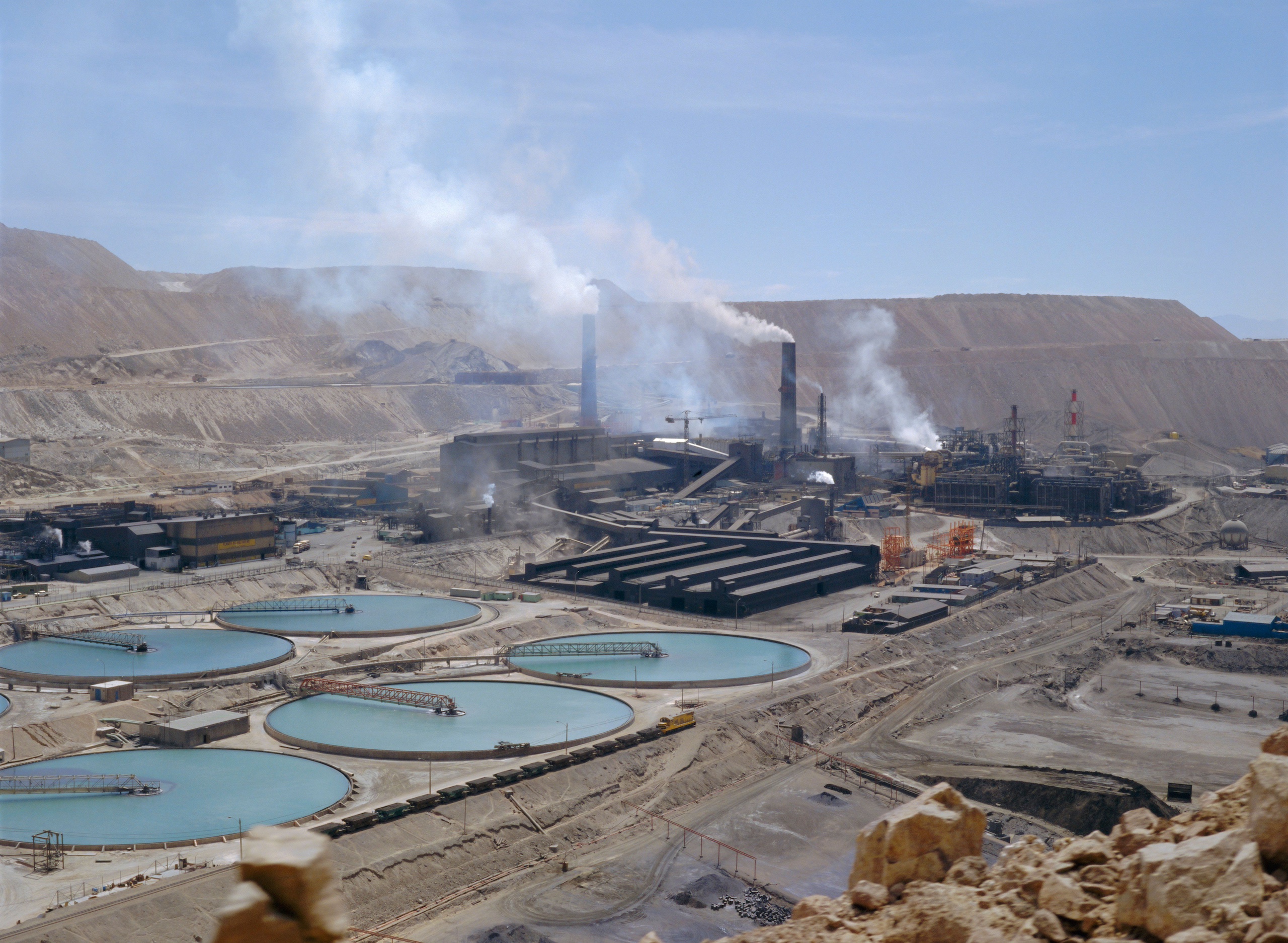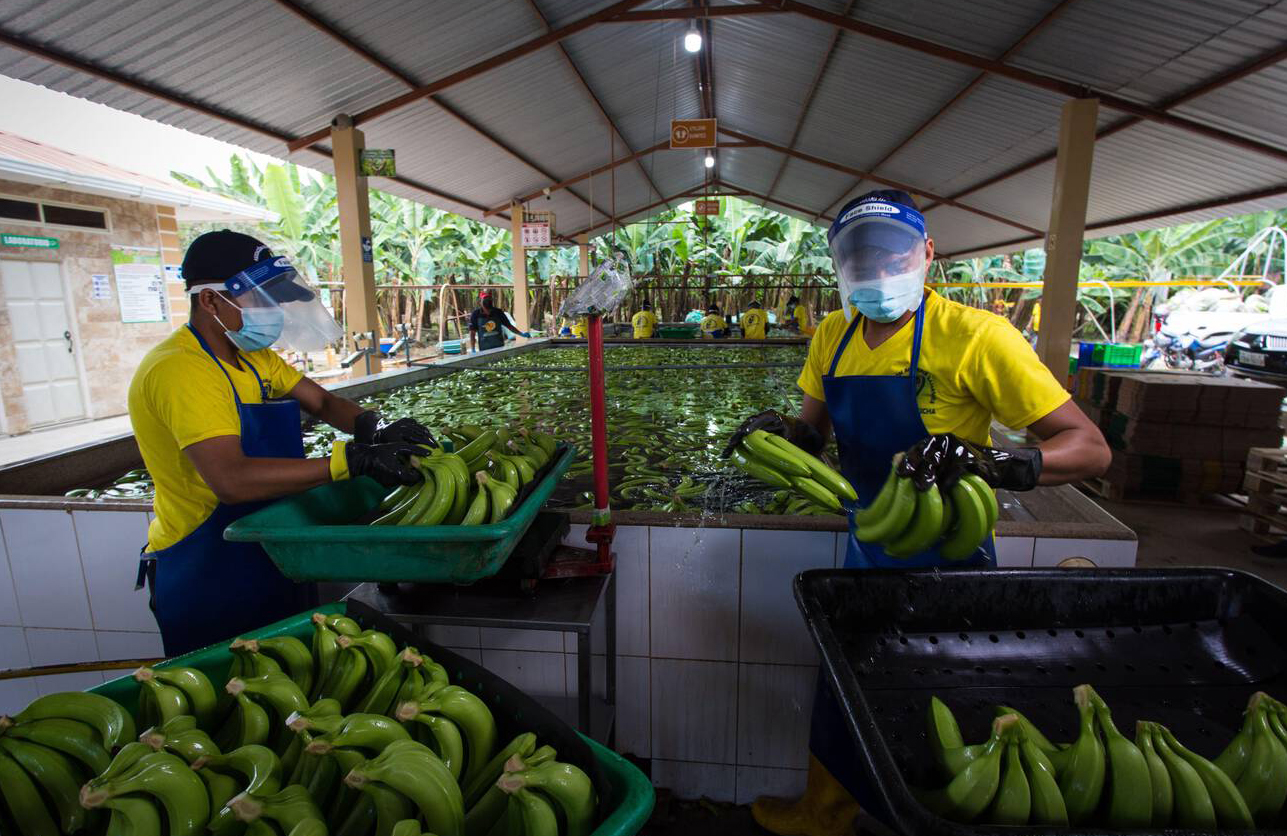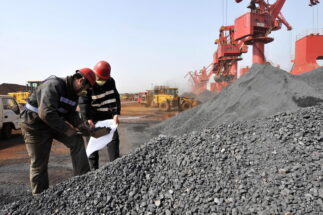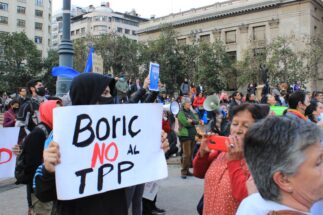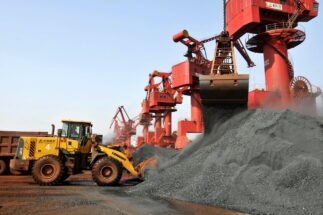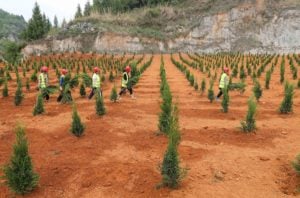China has established a strong presence in Latin America in recent decades, becoming the region’s second most important trading partner, and for some countries, such as Chile and Peru, the number one. Looking ahead, during the next decade, the volume of trade between the regions could double compared to 2020 levels, according to projections by the Atlantic Council.
With its enormous production capacity and an ever-expanding domestic market, China is consolidating its position as an economic superpower. Almost all of China’s imports from Latin America are of raw materials or related to natural resources, including oil, copper, and agricultural products such as soybeans. In 2022, raw materials accounted for 95% of the region’s exports to China, the Economic Commission for Latin America and the Caribbean reports.
To date, China has signed off on free trade agreements with 29 countries, under both bilateral and regional pacts, including many partners in Latin America: Chile, Peru, Nicaragua and Ecuador have already signed and ratified their FTAs; Honduras is reportedly in the process of negotiations, while Uruguay and Panama are in earlier stages of discussions.
Ecuador was the latest Latin American country to approve its FTA with China, after it passed through the national assembly in early February. But its reception has not been entirely smooth: even before negotiations concluded in May 2023, several organisations and experts in the country raised concerns over the potential risks and impacts that the treaty could bring for local business and the environment, with many of them remaining unconvinced.
We spoke with experts in Ecuador to discuss these concerns, as well as voices from Chile and Peru to hear of their countries’ experiences of FTAs with China, and lessons for their South American neighbour as its new era of trade begins.
Chile: Fruitful, but concerns over dependency
Francisco Urdinez
Associate professor at the Pontifical Catholic University of Chile, and director of the Millennium Nucleus on the Impacts of China in Latin America and the Caribbean (ICLAC)
In 2005, China signed an FTA with Chile, its first with a Latin American country. It came into force a year later and, since then, investment and trade between the two countries has soared. Between 2006 and 2018, their trade increased by 345%, Chile’s Undersecretary for International Economic Relations reported in 2019.
As of 2018, China became Chile’s main trading partner. However, what could be seen as positive is not entirely positive: almost 40% of Chile’s exports go to China, which creates a very high level of economic dependence. It is one of the highest levels of export concentration with China in the world. In the event of a possible cooling of the Chinese economy, Chile would be very exposed.
Trade between Chile and China experienced solid growth between 2017 and 2022: there was an average annual increase of 14% in the countries’ trade, a 16% increase in exports from Chile, and a remarkable average annual increase of 25% in its exports of services. The main products that Chile exports to China are copper-related, followed by lithium carbonate, cherries, iron ore, and paper and pulp products.
Major imports into Chile include passenger cars and smartphones. This sustained growth in trade and investment between Chile and China illustrates the importance of economic relations between the two countries in recent decades.
The relationship has been fruitful and we continue to learn from this great experience. However, as a country we must see more economic alternatives that do not make us so dependent on the Asian country.
Jorge Heine
Former Chilean ambassador to China, and professor in the Global China Initiative at the Boston University Global Development Policy Center
As a result of Chile’s FTA with China, the value of bilateral trade increased from USD 8 billion in 2005 to USD 55 billion by 2021.
Over this 19-year journey, many things have happened. Perhaps one of the most important to highlight was the updating of the FTA to broaden its approaches. For example, since 2017, a protocol has been agreed that addresses cutting-edge disciplines such as e-commerce, government procurement and competition policy.
Several countries in the region are following the pioneering path led by Chile in signing an FTA with China – the world’s first individual country to do so – and which has brought it so much success. More countries are now looking to an FTA with China, and to extend ties with the Asia-Pacific as much as possible.
Today, trade between Chile and China has increased sevenfold, despite the geographical distance between the two countries: Chile has a high volume of trade with China, even higher than its direct neighbour, Pakistan. In 2016, China became the number one market for Chilean wine in the world, displacing traditional markets such as the United Kingdom and the United States. In the same year, Chile became the world’s second largest exporter of fresh fruit to China. [Editor’s note: Vietnam overtook this position in early 2024.]
Peru: Trade surplus, textiles complaints
Ciro Salazar Valdivia
Consultant, Foundation for Conservation and Sustainable Development (FCDS)
Judging Peru’s FTA, the balance is positive in terms of trade, but nil in terms of productive diversification. Since the FTA began in 2010, on average we have had a trade surplus with China, and our exports have increased fivefold. By 2022, 96% of our exports to China were raw materials. The sectors that have benefited are mainly mining and fishing.
Peru was one of the first destinations for Chinese direct investment abroad, with the acquisition of the Shougang iron ore mine in 1992. Since 2015 there has been a growing trend of Chinese investment in the infrastructure and energy sectors, in particular, including a greater participation of Chinese companies contracted by the state in public infrastructure works.
On the other hand, almost from the beginning of the FTA with China, Peru’s textile sector has complained about the massive entry of garments at below-market prices. The sector estimates that more than 90,000 small businesses have been affected.
But it is the port of Chancay that will probably mark a turning point in the economic life of the country, and geopolitics in Latin America. One of China’s overseas ambitions is to improve logistical resilience, under the framework of its Belt and Road, to better face potential disruptions in the supply chains due to climatic factors, but also due to geopolitical and geostrategic factors. Chancay provides China with a faster route for its imports of copper from Peru and Chile, as well as soybeans and iron from Brazil. Likewise, Chinese exports to the region can be strengthened.
Monica Nuñez Salas
Peruvian consultant on environmental law and Chinese investment
From the environmental sector, one of the most criticised points of Peru’s FTA with China is that it has not included an environmental chapter. This is something that has been requested for a long time, and should not be difficult to achieve: Peru has an environmental regulatory framework that should apply to all investments in the country, and it is this legislation that applies to investments under the FTA; China also has sustainability guidelines for its trade relations. Although these are not binding, they should be used as a reference to strengthen the environmental side of the trade relationship between the two countries.
In the same way, the constant political crises that Peru has experienced in recent years have not allowed governments to follow consistent objectives to improve our relations with China, such as directing and disciplining Chinese capital and local companies to diversify the export and import offer of both countries. I believe this is very necessary. We urgently need to strengthen capacities within the executive branch to steer national development plans.
However, despite everything that needs to be improved, it is undeniable that a group of small and medium-sized Peruvian companies have taken advantage of the FTA, due to the low tariffs. According to figures from foreign trade association ComexPeru, by 2020, ten years since its entry, around 1,400 new small and medium-sized companies had exported to China.
So, one reflection we should have is that, if we have clear objectives to boost innovation and provide greater productive capacity to these companies, the benefits could be considerable.
Ecuador: Expectation and reservations
Sonsoles García
Minister of Production, Foreign Trade, Investment, and Fisheries of Ecuador
The FTA with China will potentially create more than 50,000 jobs with a growth in exports of as high as 32% [within the first five years]. What is essential is access to a market of more than 1.4 billion people, 1 billion of whom consistently engage with e-commerce.
The negotiation was technical and, in defence of local industry, 820 exclusions were set for sensitive sectors and long periods of relief of up to 20 years.
Products such as pitahaya fruit, which have previously entered the Asian market with a 20% tariff, will cease to pay it immediately, in addition to opening up markets for frozen meats, tea, blueberries, pineapple, oranges, coffee, guava, spinach and quinoa, among others.
Concerns about the impact this agreement could have on sensitive sectors of the Ecuadorian economy, such as local production and agriculture, are legitimate. For this reason, the production ministry has recognised that it is necessary to establish adequate protection mechanisms to avoid unfair competition and ensure that the benefits of the FTA are distributed equitably.
Diana Castro Salgado
Deputy director, Latinoamérica Sustentable (LAS)
This treaty was negotiated in a context of great secrecy. There was no invitation to environmental organisations to participate, as has been the case in the negotiation of FTAs with other countries. The feeling I have is that it has been a treaty negotiated, agreed and signed with the Ecuadorian population’s back turned.
This FTA will increase pressure for natural resource exploitation and food production in Ecuador: how much water, land, forests, mangroves will need to be sacrificed to export to China? It is an unequal agreement that could have huge environmental and social costs for Ecuador.
Two articles in the agreement acknowledge environmental measures and cooperation, including a call to refrain from relaxing environmental policy to encourage investment. But there are no specific provisions around extractive industries, and we remain concerned that the agreement could deepen these activities, including through favourable investment guarantees, legal security, and facilitation of project approval and licensing processes.
For example, there is the Mirador copper mine. After the Chinese-owned EcuaCorriente announced the expansion of the tailings dams, the project received a new permit for a new expansion. This could make them some of the highest tailings dams in the world, with technical characteristics that would not be permitted in China.
In the hydrocarbon sector, we have the case of Chinese companies operating through service contracts in the ITT block in the Yasuní National Park, which we documented in a recent report. At a time when the government is considering a moratorium to close down exploitation, the FTA could put pressure on the government to go against the results of a referendum in 2023, which called for an end oil extraction in the park, in favour of international investors.


